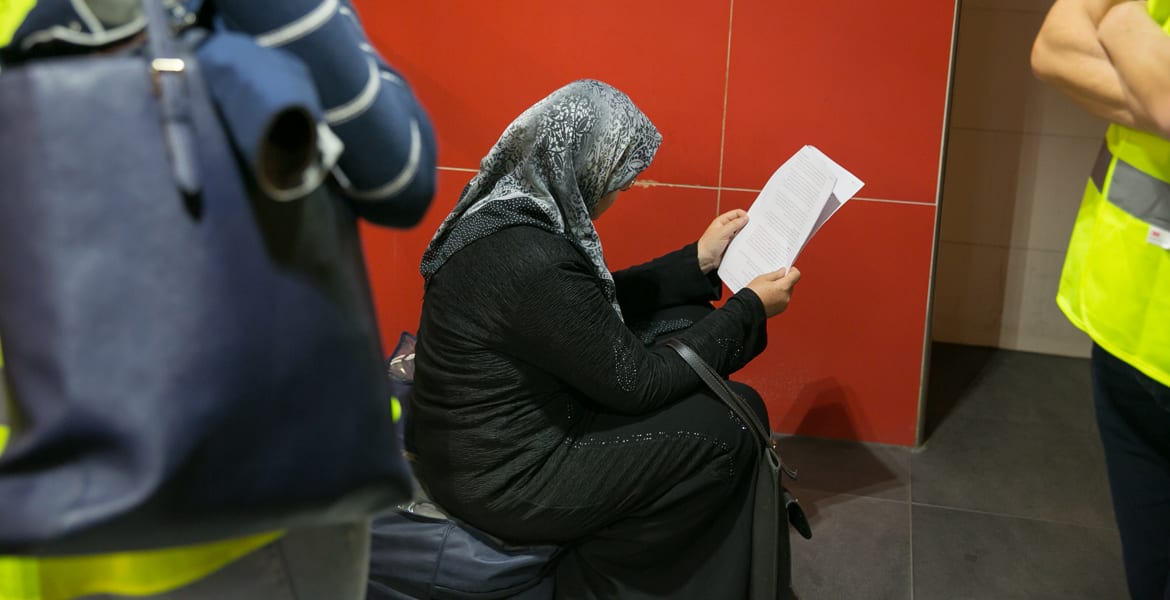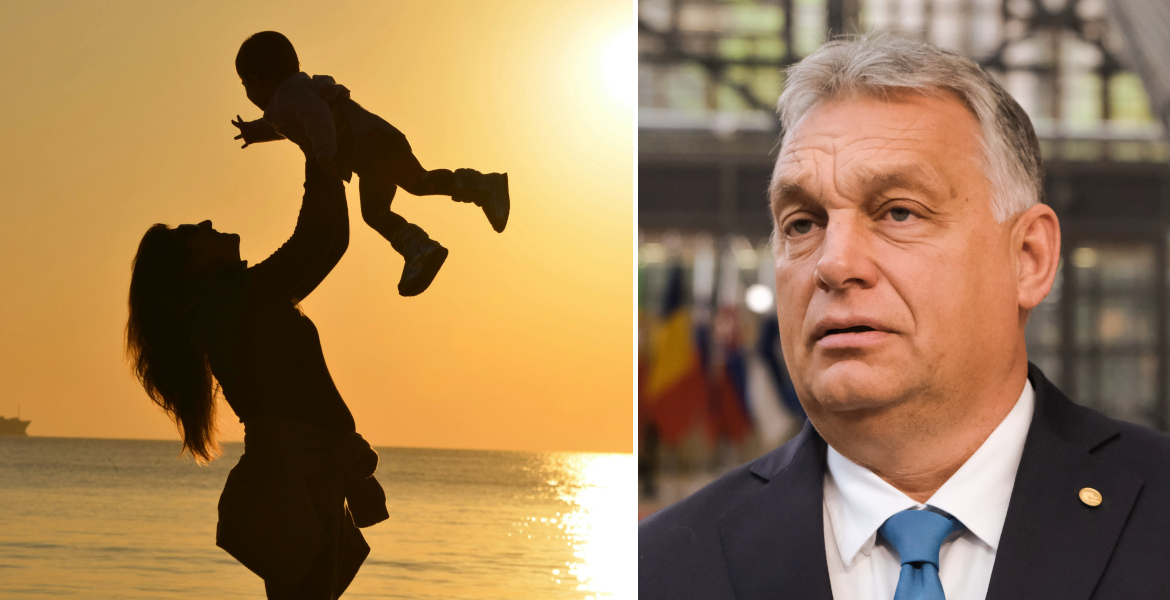The Polish government will not cooperate with the forced migration program proposed by the Swedish EU Presidency Council, the country's foreign ministry announced on Wednesday.
– There is no and there will be no consent to the forced relocation of migrants to Poland, said Mariusz Kamiński, Poland's Interior Minister.
The European Commission's migration reform proposal envisages a change in the Union's migration and asylum system, including the relocation of up to 120 000 migrants per year or the equivalent of €22 000 per migrant. Those countries that refuse to accept migrants will thus be fined, according to EU sources told the Polish Press Agency (PAP).
BREAKING:
EU members will have to take in migrants according to a migrant quota system or pay EUR 22 000 for every migrant not received.
This was the position presented at today’s meeting of EU ambassadors, laying the groundwork for the home affairs ministers’ summit on June 8 pic.twitter.com/KDPXcEvpCO
— Visegrád 24 (@visegrad24) May 31, 2023
The migration and asylum reform was discussed on May 24 during a meeting with the respective EU ambassadors, based on the European Commission's proposal, which Polish Permanent Representative Andrzej Sadoś announced that Poland firmly rejects.
Sadoś told the meeting that the proposed system does not ensure sufficient solidarity measures. Poland also opposes the option of a financial contribution as an alternative to accepting migrants, which Sadoś referred to as "a punishment" for refusing to comply.
The Prime Minister objects to the proposal
Polish Prime Minister Mateusz Morawiecki objected on Friday that the system would effectively give countries a choice between accepting migrants or paying money to a special fund, Politico reports.
According to Morawiecki, countries that refuse mandatory relocation would have to pay at least €22,000 for each migrant they do not accept - to compensate other countries for the cost of receiving the migrants.
In a slightly modified draft released on Friday, it is proposed that "mandatory responsibility offsets" be triggered if relocation commitments fall below 60% of total needs. This would lead to a compensation mechanism whereby countries that do not meet their relocation quota would not be able to send migrants back to their first European country of entry.
The adoption of the proposal by the EU executive body requires a qualified majority among EU Member States, and it is still far from certain that proponents of the reform will achieve this.




